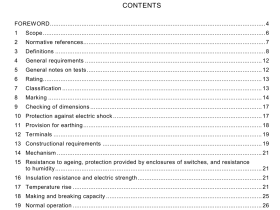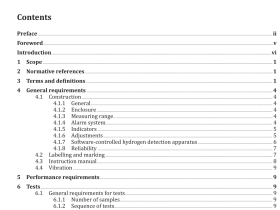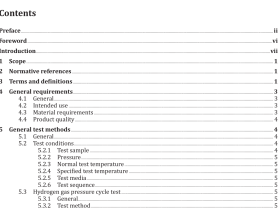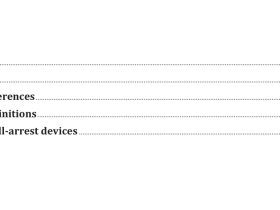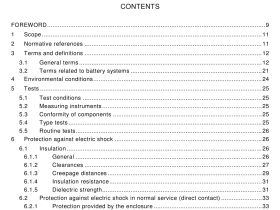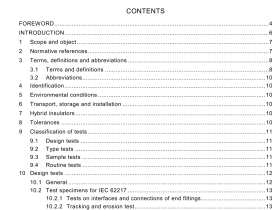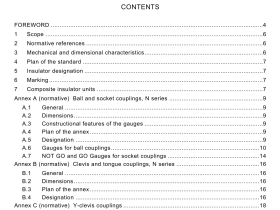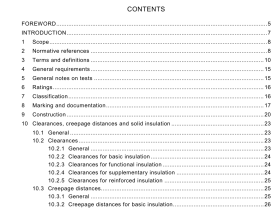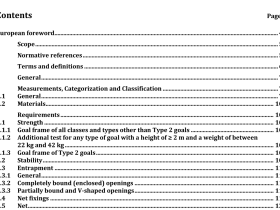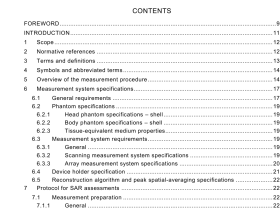AS 1391 pdf download
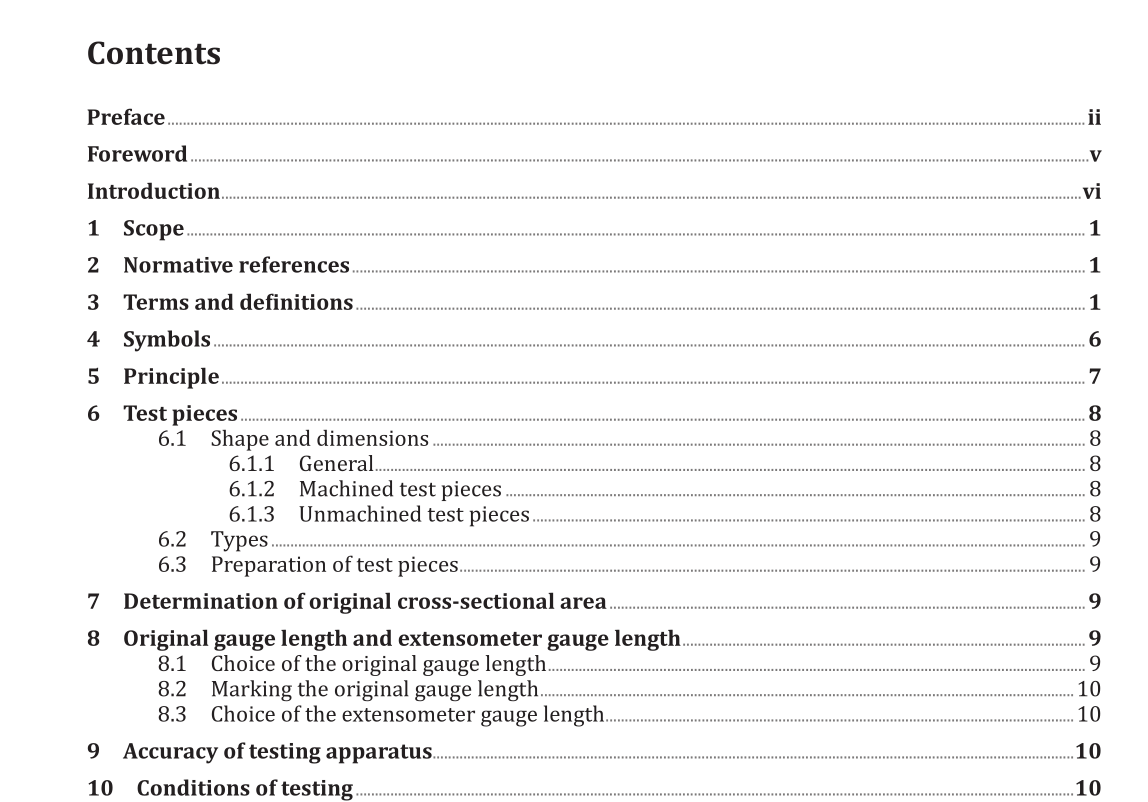
AS 1391 pdf download.Metallic materials — Tensile testing — Method of test at room temperature
1 Scope
This part of ISO 6892 specifies the method for tensile testing of metallic materials and defines the mechanical properties which can be determined at room temperature. NOTE Annex A contains further recommendations for computer controlled testing machines.
2 Normative references
The following documents, in whole or in part, are normatively referenced in this document and are indispensable for its application. For dated references, only the edition cited applies. For undated references, the latest edition of the referenced document (including any amendments) applies. ISO 7500-1, Metallic materials — Verification of static uniaxial testing machines — Part 1: Tension/compression testing machines — Verification and calibration of the force-measuring system ISO 9513, Metallic materials — Calibration of extensometer systems used in uniaxial testing
3 Terms and definitions
For the purposes of this document, the following terms and definitions apply. NOTE In what follows, the designations “force” and “stress” or “extension”, “percentage extension”, and “strain”, respectively, are used on various occasions (as figure axis labels or in explanations for the determination of different properties). However, for a general description or point on a curve, the designations “force” and “stress” or “extension”, “percentage extension”, and “strain”, respectively, can be interchanged. 3.1 gauge length L length of the parallel portion of the test piece on which elongation is measured at any moment during the test 3.1.1 original gauge length L o length between gauge length (3.1) marks on the test piece measured at room temperature before the test 3.1.2 final gauge length after fracture L u length between gauge length (3.1) marks on the test piece measured after rupture, at room temperature, the two pieces having been carefully fitted back together so that their axes lie in a straight line 3.2 parallel length L c length of the parallel reduced section of the test piece Note 1 to entry: The concept of parallel length is replaced by the concept of distance between grips for unmachined test pieces. 3.3 elongation increase in the original gauge length (3.1.1) at any moment during the test 3.4 percentage elongation elongation expressed as a percentage of the original gauge length (3.1.1) 3.4.1 percentage permanent elongation increase in the original gauge length (3.1.1) of a test piece after removal of a specified stress, expressed as a percentage of the original gauge length 3.4.2 percentage elongation after fracture A permanent elongation of the gauge length after fracture, (L u − L o ), expressed as a percentage of the original gauge length (3.1.1) Note 1 to entry: For further information, see 8.1. 3.5 extensometer gauge length L e initial extensometer gauge length used for measurement of extension by means of an extensometer Note 1 to entry: For further information, see 8.3. 3.6 extension increase in the extensometer gauge length (3.5), at any moment during the test 3.6.1 percentage extension “strain” e extension expressed as a percentage of the extensometer gauge length (3.5) Note 1 to entry: e is commonly called engineering strain. 3.6.2 percentage permanent extension increase in the extensometer gauge length, after removal of a specified stress from the test piece, expressed as a percentage of the extensometer gauge length (3.5) 3.6.3 percentage yield point extension A e in discontinuous yielding materials, the extension between the start of yielding and the start of uniform work-hardening, expressed as a percentage of the extensometer gauge length (3.5) Note 1 to entry: See Figure 7. 3.6.4 percentage total extension at maximum force A gt total extension (elastic extension plus plastic extension) at maximum force, expressed as a percentage of the extensometer gauge length (3.5) Note 1 to entry: See Figure 1.3.9.2 maximum force F m <materials displaying discontinuous yielding> highest force that the test piece withstands during the test after the beginning of work-hardening Note 1 to entry: For materials which display discontinuous yielding, but where no work-hardening can be established, F m is not defined in this part of ISO 6892 [see footnote to Figure 8 c)]. Note 2 to entry: See Figure 8 a) and b). 3.10 stress R at any moment during the test, force divided by the original cross-sectional area, S o , of the test piece Note 1 to entry: All references to stress in this part of ISO 6892 are to engineering stress.
